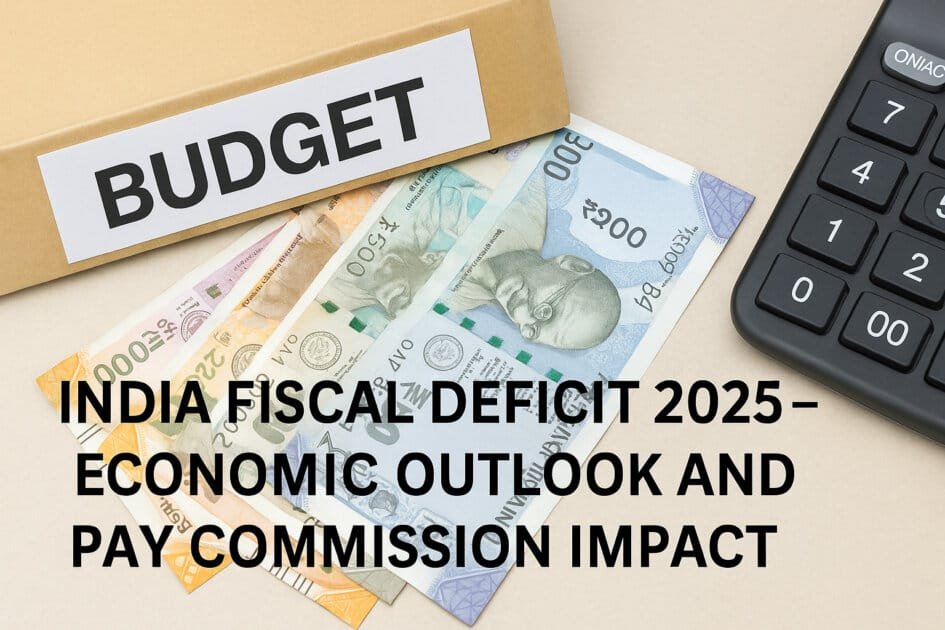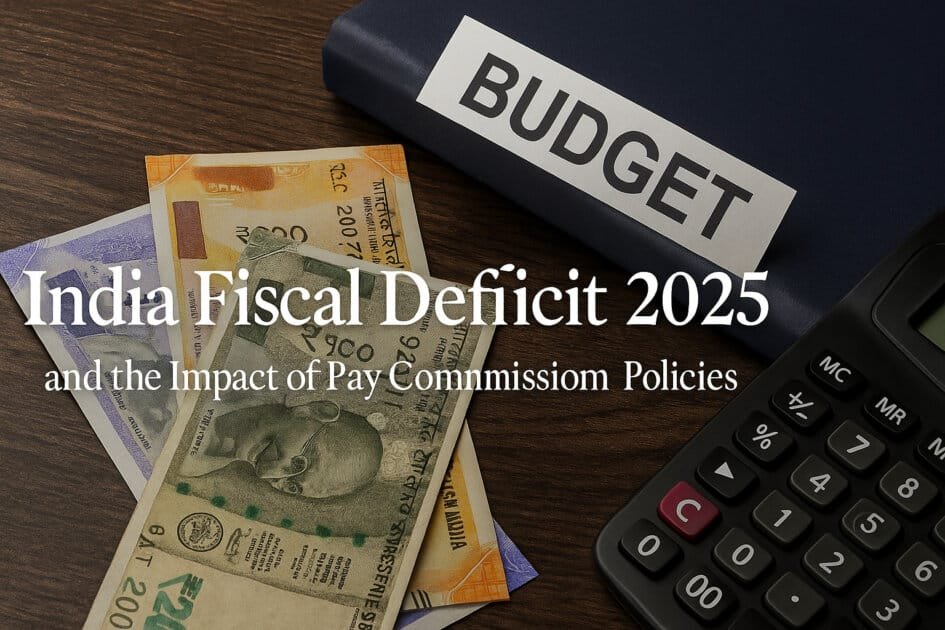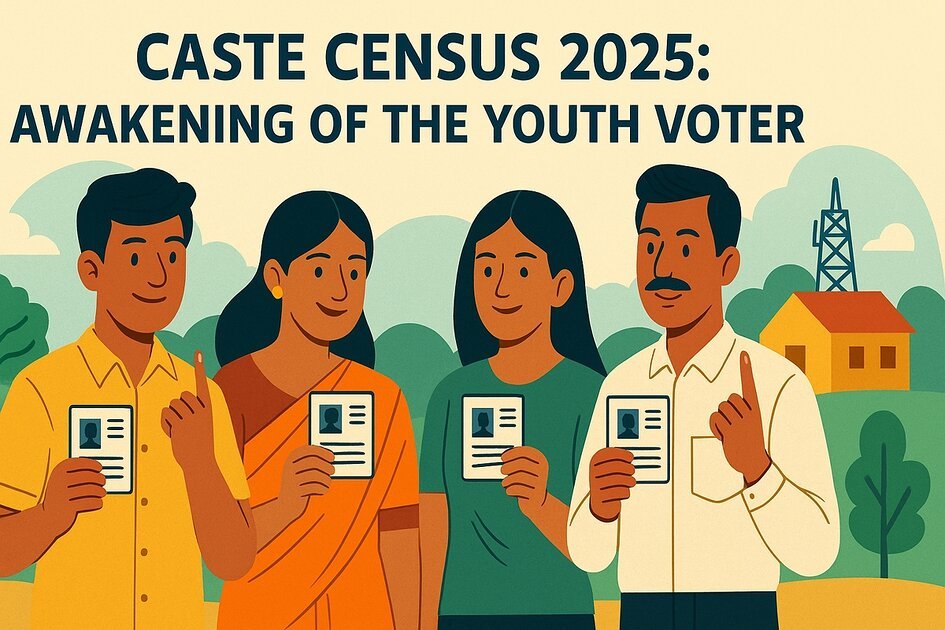India Fiscal Deficit 2025 is shaping up to be one of the most closely watched economic indicators of the year. With pressure mounting from the upcoming 8th Pay Commission, rising subsidies, and global volatility, the government faces a delicate balancing act. Will it meet its fiscal consolidation targets or sacrifice them for social welfare and growth? This article breaks down the economic outlook, challenges, and possible fiscal strategies for the year ahead.
What is Fiscal Deficit and Why Does It Matter?
Fiscal deficit is the gap between what a government earns and what it spends in a financial year. It is usually expressed as a percentage of GDP.
A high fiscal deficit can lead to inflation, increased borrowing, and lower investor confidence.
For India, fiscal deficit is a critical macroeconomic indicator used by:
- Global rating agencies
- Bond markets
- Multilateral lenders (IMF, World Bank)
- Domestic investors

India’s Fiscal Deficit in 2024–25: Government Targets
In the 2024–25 Union Budget, the government targeted a fiscal deficit of 5.1% of GDP, down from 5.9% in 2023–24. The aim is to bring it below 4.5% by FY 2026.
| Year | Fiscal Deficit Target | Actual (Estimated) |
|---|---|---|
| 2023–24 | 5.9% | 5.8% (Provisional) |
| 2024–25 | 5.1% | 5.3–5.5% (Likely) |
| 2025–26 | 4.5% (Goal) | TBD |
However, this path to consolidation faces multiple headwinds in 2025.
Key Drivers of Fiscal Pressure in 2025
- Implementation of the 8th Pay Commission
- Higher capital expenditure targets
- Subsidies for food, fertilizers, and fuel
- Rural schemes like MGNREGA and PM-KISAN
- Revenue loss due to GST compensation gaps
- Rising global interest rates and import bills
The 8th Pay Commission: Expected Burden
The 8th Pay Commission is projected to add a fiscal burden of ₹1.5–1.8 lakh crore annually.
- Estimated 30–34% hike in salaries and pensions
- Retrospective arrears from January 2026 may apply
- DA, HRA, TA hikes will ripple through central and state budgets
📌 Understand the impact of the 8th Pay Commission on India’s fiscal deficit.
Global Trends and India’s Vulnerabilities
India’s fiscal health in 2025 is also exposed to:
- Geopolitical instability (Ukraine, Taiwan, Middle East)
- Volatile crude oil prices
- Weakening global growth and trade slowdown
- Diminished FDI and portfolio flows
Credit agencies like Moody’s and Fitch may reassess India’s rating if deficit targets aren’t met.
Impact on Infrastructure and Capital Spending
To protect deficit targets, the government may:
- Cut allocations to infrastructure projects
- Delay disbursals to states and PSUs
- Reduce recapitalization of public banks
This could hurt:
- Urban transport and smart city missions
- Railways and highway expansion
- Digital India and green energy funding
Rating Agencies and Market Reactions
Major agencies will monitor:
- India’s debt-to-GDP ratio
- Bond yield spikes
- Currency volatility
- Inflationary effects of increased government spending
India must manage perceptions alongside real numbers.

Government Strategies to Bridge the Gap
To compensate for higher spending, the government may:
- Sell more public assets and disinvestment
- Improve GST compliance using AI audits
- Launch privatization of non-core PSUs
- Issue green and sovereign bonds internationally
- Increase dividend payouts from RBI and PSUs
Will Fiscal Consolidation Goals Be Achieved?
If the government delays Pay Commission implementation to FY 2027 and boosts revenues, it may still achieve its 4.5% target by 2026–27.
However, slippage is likely if:
- Welfare spending continues to rise
- Disinvestment goals are not met
- States demand larger GST shares
- Oil and global factors disrupt forecasts
Navigating Growth with Discipline
India’s fiscal story in 2025 is a tale of balancing public welfare with macro stability. While reforms like the 8th Pay Commission and Unified Pension Scheme bring fairness to public servants, they also test the country’s fiscal discipline.
To move forward, India must spend smart, invest right, and borrow cautiously.
Table of Contents
AryaLekh (DoFollow):
- 8th Pay Commission 2025: Salary and Pension Hike
- Unified Pension Scheme 2025 Explained
- 7th Pay Commission Impact & Analysis
External Sources (DoFollow):
- Ministry of Finance – Union Budget 2025
- IMF Country Report: India 2025
- Moody’s India Fiscal Outlook 2025



